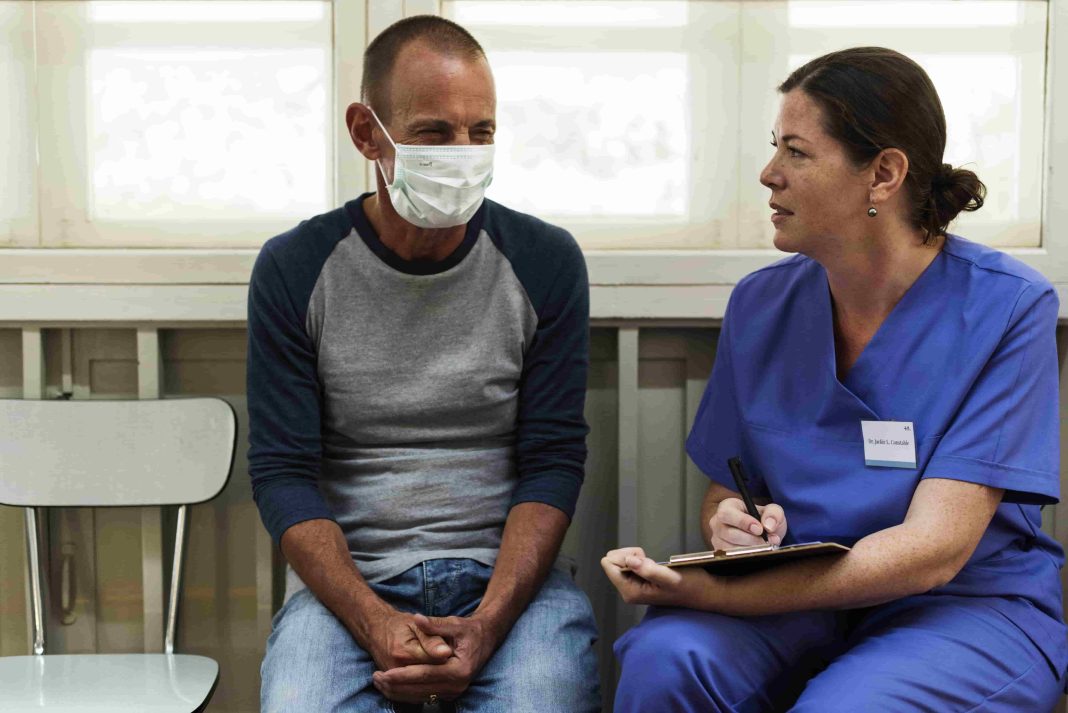The UK pharmaceutical industry is at a turning point tasked with developing and delivering groundbreaking rare disease treatments, while simultaneously navigating complex negotiations with the NHS. In a landscape where innovation meets stringent cost assessments, the ability to balance patient access with business sustainability defines the future of healthcare. At the heart of these challenges lies the need to justify high costs and demonstrate long-term value.
Why NHS Scrutiny Affects Rare Disease Treatments
Cure for rare diseases target conditions that affect fewer than 1 in 2,000 people. Despite limited patient populations, the development costs are exceptionally high. Take Hemgenix, a gene therapy for haemophilia B priced at £2.6 million per dose. Though expensive upfront, it has the potential to eliminate lifelong treatment costs.
NHS scrutiny ensures these treatments provide value for money. Through rigorous evaluations by NICE (National Institute for Health and Care Excellence), drugs must prove cost-effectiveness before becoming available to patients. This evaluation is central to the ongoing business case for Cure for rare diseases. and NHS alignment.
Learn more about how NICE assesses drugs.
VPAS and Its Impact on Cure for rare diseases.
Negotiations between pharmaceutical companies and the NHS are largely governed by the Voluntary Pricing and Access Scheme (VPAS). Under this framework, companies pay rebates to the NHS to help control drug spending, which amounted to over £3 billion last year.
However, pharmaceutical companies argue that these rebates are financially draining. The Association of the British Pharmaceutical Industry (ABPI) warns that £2 billion in future research funding is under threat. From their perspective, the VPAS system stifles innovation an especially critical concern for developers of Cure for rare diseases..
Business Justification for High Cost Rare Disease Treatments
To secure NHS approval, companies must present a compelling business case. They need to show that rare disease treatments offer more than just immediate health improvementsb they must lead to long term cost reductions and patient quality of life gains.
Firms like Pfizer and AstraZeneca have proposed lower rebate percentages to free up funds for R&D. But the NHS, accountable to taxpayers, is cautious. A sustainable path forward lies in greater transparency and collaboration highlighting real-world outcomes to justify pricing.
Development Challenges Unique to Cure for rare diseases.
Creating Cure for rare diseases. involves high risk and technical complexity. Clinical trials are often hindered by limited patient availability and a lack of historical data. Additionally, failure to gain NHS approval can render years of investment unviable.
Companies must therefore invest heavily in early-stage research and real-world evidence. Without robust clinical proof, regulatory bodies like NICE may block drug access—leaving patients in need and companies with financial setbacks.
Trade Talks and Global Influence on Rare Disease Treatments
International trade discussions, especially with the US, further complicate the pricing of rare disease treatments. The US has advocated for higher drug prices in the UK, aiming to align with global standards. A reduction in rebates from 23% to 10% could increase NHS spending by £1.54 billion annually.
This puts added pressure on UK health services and could slow the availability of innovative rare disease treatments. The UK government must balance global economic alignment with protecting NHS affordability and patient access.
Patient Access to Cure for rare diseases : What’s at Stake?
For many patients, access to rare disease treatments is life-altering. One-time gene therapies like Hemgenix offer the promise of a cure instead of lifelong management. However, steep upfront costs often delay NHS approval and public access.
To streamline access, the NHS is trialing an app-based matching system that connects patients with relevant clinical trials. This innovation could be a game changer in accelerating the availability of Cure for rare diseases..
For details on NHS app innovations, see the NHS Digital website.
Government Support for Advancing Rare Disease Treatments
The UK government views life sciences as a pillar of economic growth. By pledging £520 million in drug manufacturing investments by 2030, it aims to foster innovation and secure future development of Cure for rare diseases.
This commitment could reshape NHS-industry relations by incentivizing new therapies and reducing reliance on imported medications. Collaboration between government and pharma is essential for sustainable, scalable access.
Looking Ahead: The Future of Rare Disease Treatments
The pharmaceutical sector must evolve with changing market and regulatory conditions. The business case for rare disease treatments will increasingly depend on:
-
Transparent pricing negotiations
-
Demonstrated long-term savings
-
Proactive stakeholder engagement
Innovations such as gene editing and personalized medicine hold promise but will only succeed with pricing models that reflect both value and feasibility. The upcoming Life Sciences Sector Vision may address these challenges and redefine how rare disease treatments are priced and accessed in the UK.
Gothrough with Impact of NHS Cuts on UK Private Health Providers.
How Companies Can Win with Cure for rare diseases.
To succeed in this high-stakes field, pharmaceutical firms should focus on three key strategies:
-
Invest early in trial data – Prove efficacy and economic value.
-
Collaborate with NHS stakeholders – Engage in proactive pricing discussions.
-
Quantify long-term benefits – Position Cure for rare diseases. as cost-saving investments.
Through transparent, data-driven communication, companies can secure faster NHS approvals and improve public trust in pricing decisions.
Final Thoughts
In a world of increasing healthcare costs and evolving treatment technologies, the balance between business and public health is delicate. For the UK, making a solid business case for rare disease treatments will determine not only the future of drug innovation but also the health outcomes of thousands. Through collaboration, smart investment, and transparent dialogue, a path forward is possible.
Explore related content: How NHS drug pricing works – GOV.UK



